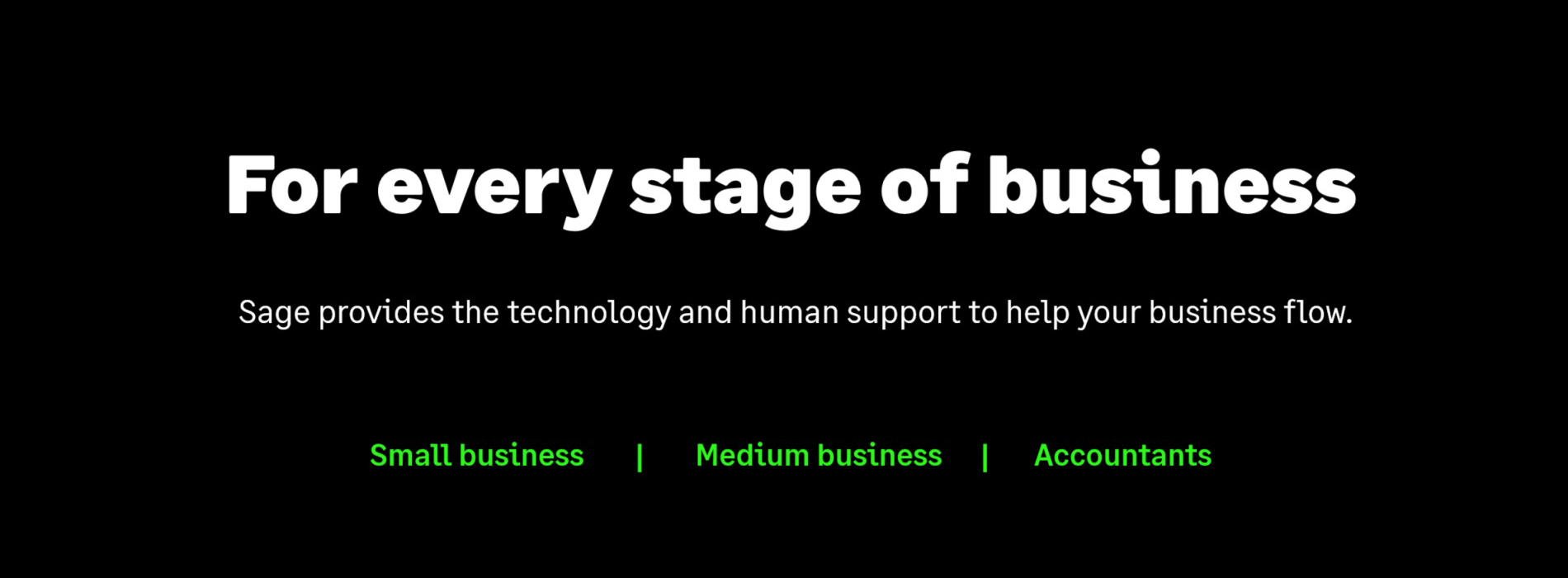The cliche of a business-to-business (B2B) transaction is impersonal and focused on volume rather than customer engagement. Consumers tend to make their purchasing choices based on desire, which is why marketing to them is essential. In contrast, businesses buy out of necessity and competitiveness, and they don't go on feel-good shopping sprees. Every purchase needs to reflect value and an alignment with business outcomes.
The resurgence of B2B relationships
But while B2B transactions might be pragmatic, they still involve relationships between individuals. As the world digitises, it is opening avenues to new B2B experiences, explains PJ Bishop, Vice-President of Partners, Accountants and Alliances at Sage Africa and Middle East.
"This new experience is working past your transactional everyday value proposition. Low costs, cutting costs and ensuring excellent customer support are now the table stakes. To excel, B2B companies are moving to more long-term value propositions. Business customers expect to be included when your products or services evolve. Relationships must be quite deep and entrenched within ecosystems."
The concept of business ecosystems is revolutionising B2B relationships and transactions. But before we unpack that concept, why is B2B changing? What is the value proposition for buyers?
"B2B customers are tired of having change forced upon them, and digital ecosystems make it possible to start understanding your customers better – getting to that level of understanding their needs. That's the value proposition: better long-term B2B relationships. Ensuring that when your customer is ready for an upgrade, a new technology, or maybe venturing to other verticals, you fully understand the context because you have this long-term, deep, ingrained relationship with them."
In this new dynamic, splitting hairs is essential. Understanding your customer is not just about touching base with them but grasping the actual heartbeat of their business and how you can align with them.
Buying is tough
Yet B2B customers don't want special attention for the sake of it. Buying has become a much more complicated process. According to Gartner research, 77% of B2B buyers say their latest purchase was very complex or challenging.
"A B2B purchase often involves several different stakeholders," Bishop explains. "They do a lot of independent research and must smooth out any differences with expectations among each other and the rest of the business. That's already hard to do, but it's very tough when the market provides a growing range and variety of products. It's very acute in technology where things move fast, and innovation happens all the time."
Consequently, the best way to sell to businesses is to help them navigate these complexities. Doing so requires two ingredients: maintaining close relationships and having the support of an ecosystem.
Companies that adopt a continual service business model instead of a purely transactional model position themselves best to maintain ties and context with their business customers. A continuous service mindset encourages regular contact rather than checking in on a customer once a year as licences expire or system upgrades loom.
"Salespeople don't then just show up because they have a gap on their spreadsheet," says Bishop. "Every touchpoint with the customer is an opportunity to gain information about that customer. Every single person in your organisation needs to be trained to be engaged."
Why business ecosystems matter
Business ecosystems are beneficial to support such business models, and they are much more efficient for sellers. Digital product and service development life cycles are onerous and fragile – ecosystems make it simpler to adopt agile-style delivery models that include customers and help ensure continued patronage with iterative upgrades and feature introductions.
Bishop explains: "You can try to do it all yourself, but that's difficult. It costs a lot, and you need to cover all the bases of complex technology services. You'll need specialists in many different areas. For example, how well can you integrate your services with what your customer uses? Can you scale your offering? Do you have the resources to be where customers are, such as in different geographies? If you are part of a business ecosystem, you can leverage the skills and presence of ecosystem partners. It's the familiar saying: the tide raises all ships. In this context, the business ecosystem is the ocean."
Business ecosystems help relieve pressure when engaging with new B2B expectations. Those expectations are to be inclusive, understand the customer business's context, reduce complexity and, ultimately, eliminate the buyer's regret. Gartner statistics back this: B2B buyers who receive adequate and relevant information for their purchases are three times more likely to see a deal as high value and low regret.
It's in every B2B company's interest to look at the value of service-oriented and ecosystem-backed business models. This often translates to an evolution from transactions and perpetual licences to services and subscription models in the IT world. It's also in your interest to choose the right partner.
Bishop adds: "Look for a vendor whose ecosystem cares about your contribution. Are they willing to help you adapt your business model? Can they help train your people? Do they encourage relationships between ecosystem partners? Are they out to create opportunities for you? If that's the ecosystem you're in, you are in good hands and on track for growth."
In the future, success won't be down to a single company's strengths alone – but the power of their ecosystem will determine it. For more information or resources, you can connect with Sage's partner ecosystem here.
Share

